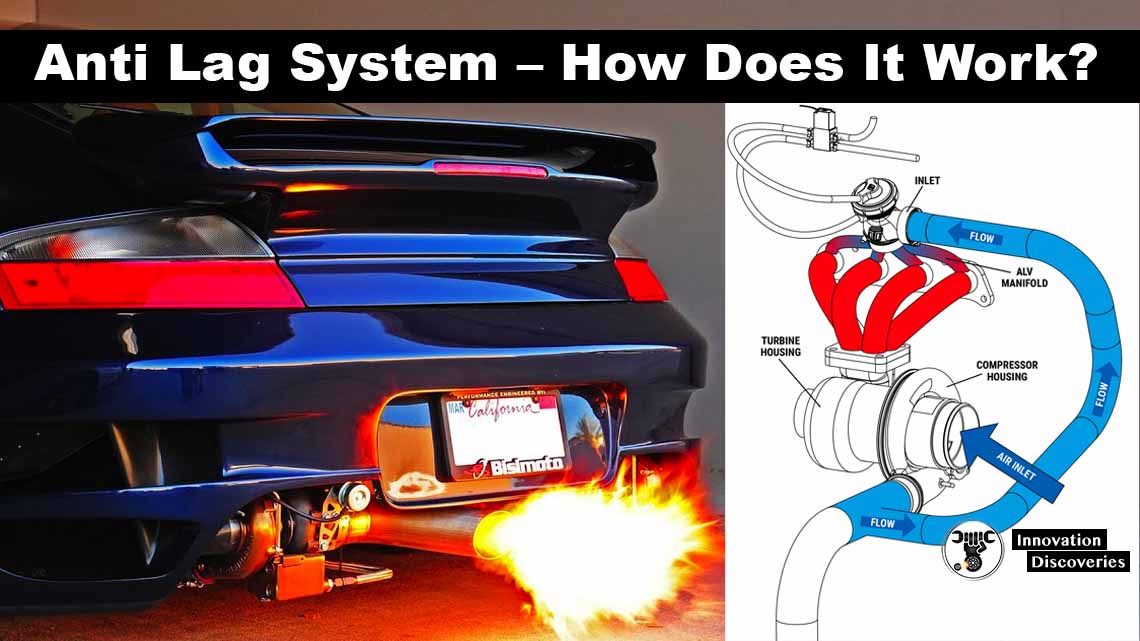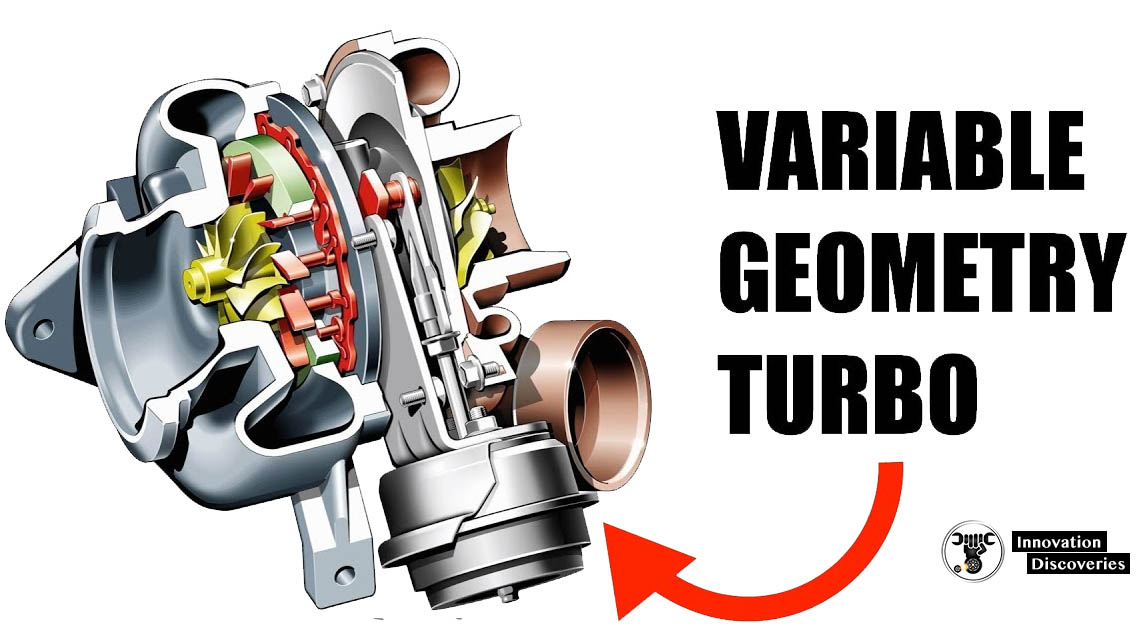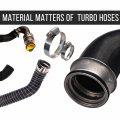
Introduction
In the world of high-performance vehicles, every millisecond counts. One crucial technology that plays a pivotal role in achieving lightning-fast throttle response is the Anti-Lag System (ALS).
Originally developed for motorsports, particularly rally racing, ALS has become a fascinating aspect of automotive engineering.
This article aims to delve into the inner workings of ALS, shedding light on how it effectively reduces turbocharger lag.
Also, read – How It Works: Cylinder deactivation
Turbocharger Lag: The Challenge
Before we delve into the intricacies of ALS, it’s imperative to grasp the concept of turbocharger lag. A turbocharger enhances an engine’s power output by forcing more air into the combustion chamber.
However, this process is not instantaneous; there exists a slight delay between the driver pressing the accelerator and the turbocharger delivering increased power.
This delay, known as turbo lag, can be a critical factor in high-speed racing scenarios.
The Birth of ALS
The primary objective of ALS is to combat turbocharger lag. When a driver momentarily lifts off the accelerator or adjusts during gear changes, conventional systems experience a drop in boost pressure.
This results in the dreaded turbo lag when the driver hits the accelerator once again. ALS steps in to maintain the boost pressure, ensuring that power delivery remains consistent.
SEE MORE:
- TURBO LAG VS BOOST THRESHOLD – WHAT’S THE DIFFERENCE?
- HOW AUDI’S ELECTRIC SUPERCHARGER ELIMINATES TURBO LAG
Key Components of ALS
1. Retarded Ignition Timing:
ALS employs a technique called retarded ignition timing. This means that the spark plug is fired later in the combustion cycle, after the exhaust valve has opened. This deliberate delay sends unburned fuel into the hot exhaust manifold and turbocharger, helping to keep it spinning.
2. Additional Fuel Injection:
ALS introduces extra fuel into either the exhaust manifold or directly into the cylinder during the exhaust stroke. This surplus fuel combusts in the hot manifold, generating a high-pressure and high-velocity gas flow. This flow assists in maintaining turbocharger momentum.
3. Air Bypass:
In certain ALS configurations, excess air from the turbocharger is redirected directly into the exhaust system. This action creates a backpressure that sustains the turbocharger’s rotation, effectively minimizing lag.
Read – 3 Common Causes of a Car That’s Hard to Start When Cold
Control and Safety Measures
ALS operates under the watchful eye of an advanced engine management system. This system relies on a network of sensors to monitor various parameters, including throttle position, RPM, temperature, and more.
These inputs dictate when to activate the ALS and control the precise amount of additional fuel and air introduced.
However, it’s crucial to note that ALS, if not meticulously designed and controlled, can exert significant stress on engine components.
Turbochargers, exhaust systems, and catalytic converters can be particularly susceptible to wear and tear. Thus, it’s imperative to implement comprehensive safeguards and limitations to prevent damage.
Applications in Motorsports
The realm where ALS truly shines is in motorsports, especially rally racing. In this demanding discipline, instantaneous throttle response is paramount for maintaining control over diverse terrains.
ALS empowers drivers to sustain power delivery even during momentary off-throttle scenarios, providing a critical edge in competitive racing environments.
Conclusion
The Anti-Lag System stands as a testament to the ingenuity of automotive engineering. By mitigating turbocharger lag, ALS has revolutionized the way high-performance vehicles deliver power, particularly in the high-stakes world of motorsports.
While its application is predominantly confined to racing scenarios, the principles underlying ALS continue to inspire advancements in road car technology, driving us closer to a future of even more responsive and exhilarating driving experiences.
Read More:
- 5 REASONS YOU SHOULDN’T BUY A TURBOCHARGED CAR
- TURBOCHARGER: COMPONENTS, WORKING PRINCIPLES, AND TYPES




2 Comments